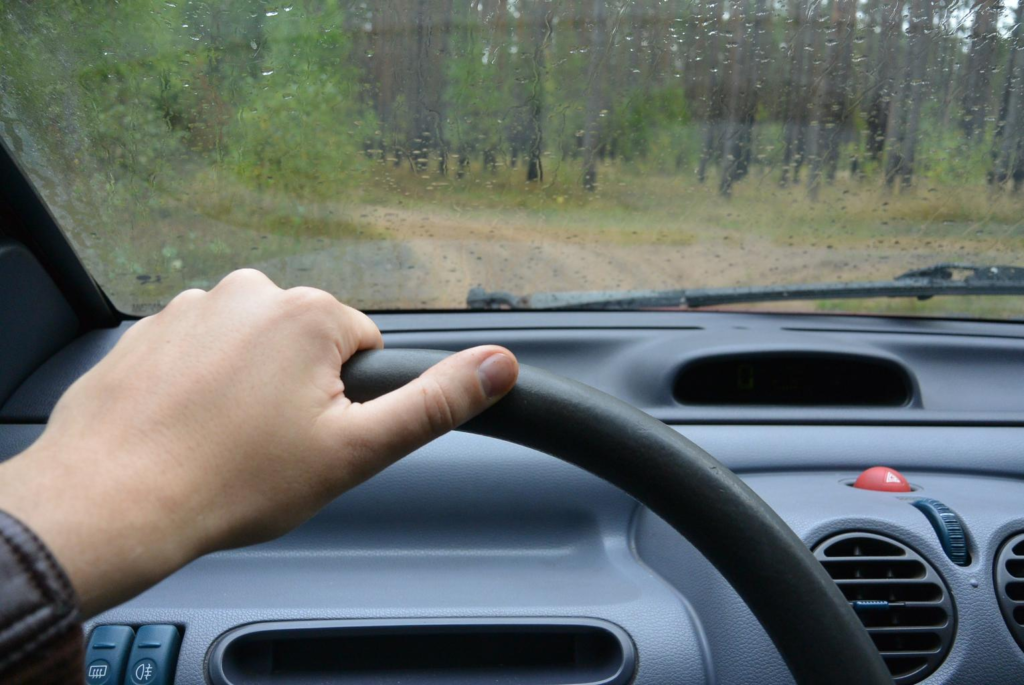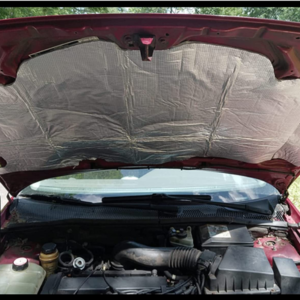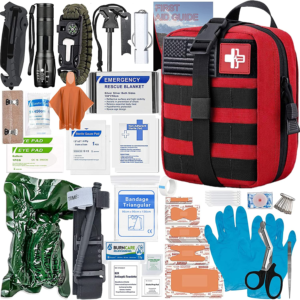
Before you can expect to get started making the rounds, you’ve first got to get to grips with your directing procedures. However, while it may sound sufficiently straightforward, a few students spend numerous examples attempting to conform to utilizing the guiding wheel by bungling with their hands and not knowing how to appropriately grasp it. On the off chance that you rush past this rudimentary expertise without genuinely getting a handle on it, you’re simply going to slow yourself down. All things considered, you want to nail the fundamentals before you can expect to move onto the more developed abilities. Things being what they are, where do you begin with guiding a vehicle?
The most important thing you can do to guarantee safe driving is to hold the steering wheel properly. You drive your car using the wheel, after all. According to Driving Examinations, a website that provides state-specific practice driving tests, good steering technique lowers the risk of a car accident and enables you to operate your vehicle more effectively. According to statistics, poor steering technique is the main reason why drivers go off the road and cause auto accidents, according to NHTSA. By using these steering wheel positioning suggestions when you’re behind the wheel, you may contribute to the safety of both you and other people.
How to Hold the Steering Wheel Correctly?

Get the full lowdown beneath! Becoming acclimated to the guiding wheel Toward the start of your most memorable driving illustration, your teacher will primarily zero in on the essential parts of driving. They’ll get the ball rolling by strolling you through the cockpit drill. When you’re appropriately set up in the driver’s seat and OK with the pedals, they’ll then move onto getting you used to the grasp pedal. You’ll probably spend a decent chunk of the example understanding the gnawing point.
Your teacher will start out your first driving session by concentrating mostly on the fundamentals of driving. The cockpit drill will be the first thing they lead you through. They’ll start getting you acquainted to the clutch pedal after you’re properly seated behind the wheel and at ease with the pedals. Wrapping your mind around the lesson’s most important subject will probably take the most of your time.
It won’t be until the teacher decides to have you drive through a calm residential neighborhood that you will truly start utilizing the steering wheel properly. Your teacher will chime in while you drive with a few pointers to make driving feel a little more natural. You may need to practice your steering for a few hours before you can acclimatize to the motions required to turn into a junction, park the car, and do the maneuvers.
You will not really begin utilizing the guiding wheel appropriately until the teacher chooses to move you onto cruising all over a tranquil, private bequest. As you drive, your educator will interpose with a couple of tips to help controlling feel a smidgen more regular. It might take you a couple of hours to improve your guiding abilities — acclimating to the developments expected to move toward an intersection, leave the vehicle and complete the moves.
Using your hands to steer an automobile
You might essentially assume that you may put your hands anywhere on the steering wheel, for as long as you’re using both, if you’re not by any means experienced with driving yet. Anyhow, if you’re a little more informed, you’ve undoubtedly heard of hand positions that correspond to the hours and minutes on a clock. If you feel it is becoming too complicated, just take a moment to relax. There are just two locations that you need to be aware of.
Additional steering wheel hand position suggestions from NHTSA include:
- Put your hands on either side of the outside of the steering wheel.
- Keep a strong yet soft hold on the steering wheel.
- Instead of using your hands to turn the wheel, use your fingers. Keep your thumbs up along the face of the steering wheel.
- When you are holding the wheel by its inside rim, do not turn it.
Hand-over-hand steering wheel
According to NHTSA, the hand-over-hand steering technique works best when you are turning slowly, have poor sight at an intersection, or are parking. Additionally, it is useful if you encounter a skid. To steer hand-over-hand, place your left hand on the wheel between the “8 and 9 o’clock” positions and your right hand between the “3 and 4 o’clock” positions.
You should constantly check your car’s mirrors and blind zones when driving backward to make sure there aren’t any nearby wandering street customers. It might be necessary to cross your left arm across the front seat next to you in order to bend your center at a more comfortable angle while moving your head to check your blind spots. You must maintain your right hand immovably at 12 o’clock in the current situation.
At the point when you initially begin refining your directing method, you’ll probably be in a calm private domain. This means you’ll be driving at a slower speed, most likely around 20 mph. When your teacher believes you’re prepared, notwithstanding, you’ll move onto streets with higher speed limits. At the point when this occurs, you’ll be ready to change your controlling style.
Using both hands to steer
Your right or left hand pushes the steering wheel up, while the opposite hand slides up, grabs the wheel, and pulls it down to turn. This technique, also known as push/pull steering, requires you to move your left hand between the “7 and 8 o’clock” position and your right hand between the “4 and 5 o’clock.”
Driving at low speeds requires you to invest a considerable amount of energy while controlling and transforming into intersections. While you’re going at a higher speed, nonetheless, you’ll find that you don’t have to use as much power with the wheel—you’ll just have to turn it in little increments to switch to another lane. Attempt to remember this while you’re driving.
Stopping and moving
While you’re leaving your vehicle, you’ll in a perfect world maintain that each of your wheels should look ahead. To accomplish this, you’ll have to ensure that you fix up the controlling wheel prior to halting the vehicle. Assuming you’re stopping uphill, notwithstanding, you’ll need to turn the guiding wheel somewhat with the goal that your wheels are confronting somewhat away from the kerb. Assuming you’re stopping downhill, you’ll have to control with the goal that the wheels are confronting marginally towards the kerb.
To complete a move securely and really, your controlling strategy should be on the money. The smallest misstep with your directing can destroy a move — procuring you a minor or significant shortcoming during the driving test. To ensure you know how you ought to direct, and at what speed, we’d suggest perusing our move guides:
Assuming you’ve halted your vehicle, just to understand that your wheels aren’t straight, you could attempt to fix up the directing wheel. What you probably won’t understand, nonetheless, is that this is called dry directing. You ought to never attempt to control your vehicle when it’s fixed. Causing so will seriously harm your tires. On the off chance that you want to fix up your wheels, begin the vehicle and make your changes.
One-handed steering wheel
Whenever possible, it’s better to keep two hands on the steering wheel. But there will be instances when you’ll only be able to use one hand for steering. When you need to activate your headlights, windshield wipers, or turn signal, this can happen. To shift gears in a car with a manual gearbox, you’ll also need to perfect the one-handed steering method. Keep the opposite hand in the “8-9 o’clock” or “3-4 o’clock” position in these circumstances. By doing this, you will maintain control of your vehicle and be in a position to make additional steering adjustments as needed.
Do not let go of the wheel of the vehicle.
You must turn the steering wheel back to its initial position after making a turn into a junction. Some students choose to accomplish this by just releasing the steering wheel and letting it reposition itself. Avoid doing this. You run the risk of losing control of the vehicle if you take your hands off the wheel. You may be sure that if you do this during your driving test, you will receive a minor fault.
However you will not be punished for controlling with one hand in your test, it’s great to start utilizing two hands — it’s a lot more secure practice. It’s thus that most vehicle controls are situated around the directing wheel. It limits how much time that you’re driving with just a single hand. Thus, keep two hands on the guiding haggle change to one in the event that you want to switch gears, utilize a control or opposite.
When turning corners, use the hand-over-hand or grip and slide method. Do not turn the wheel with only the palm of your hand. Letting the wheel slip through your fingers could be dangerous.
Avoid these bad steering habits:
- Don’t drive with one hand.
- Don’t use the heel of your palm to turn the wheel.
- Don’t hook your hand through the wheel, or hold it with the back of your hand facing forward and with your fingers pointing back at you.
- Don’t rest your arm on the gearstick.
What is the safest driving technique?
Be aware of your surroundings — pay attention. Check your mirrors frequently and scan conditions 20 to 30 seconds ahead of you. Keep your eyes moving. If a vehicle is showing signs of aggressive driving, slow down or pull over to avoid it.
Are brakes necessary when turning?
Heavy braking or acceleration should never be done when turning since it might make your automobile unstable. Use the following braking technique when turning: Before entering a bend, use your brake to reduce any excess speed. At the pace you wish to travel through the turn, enter it.
What type of driving is the safest?
Pay attention to your surroundings and be alert. Regularly check your mirrors and examine the surroundings 20 to 30 seconds in advance. Maintain eye movement. To prevent being hit by a car that is driving aggressively, slow down or pull over.





